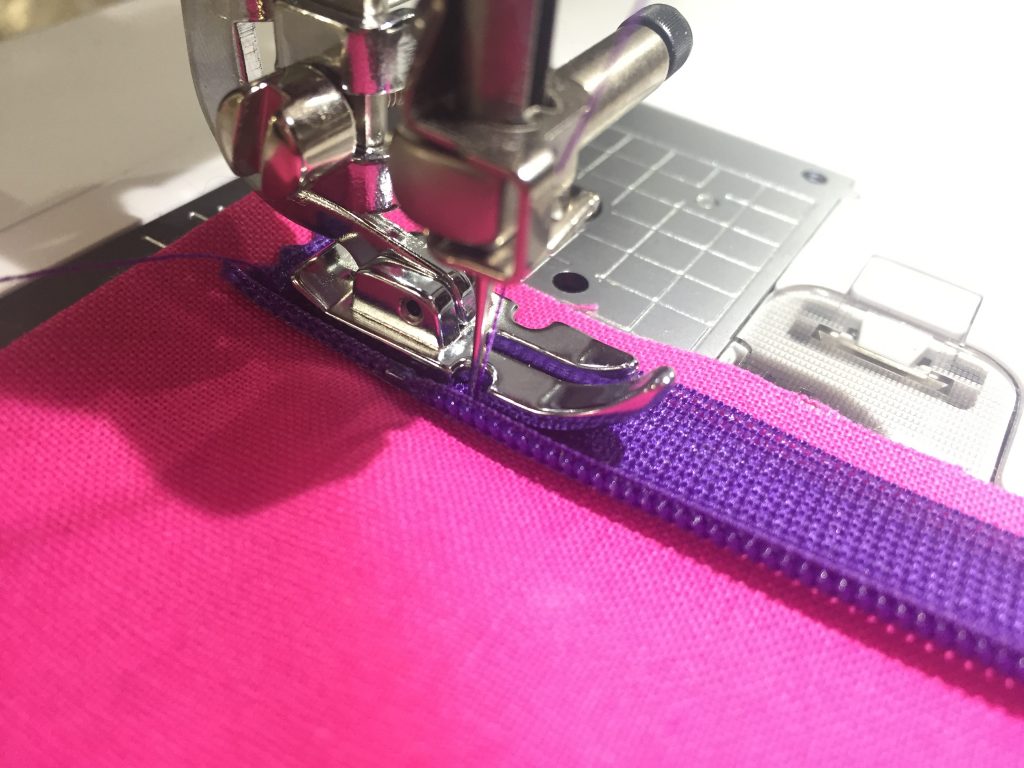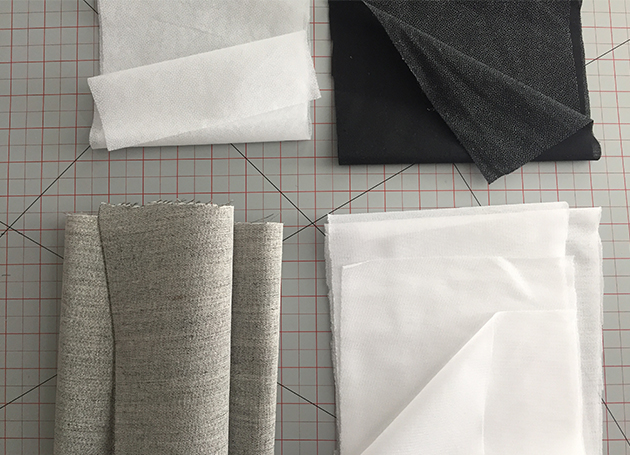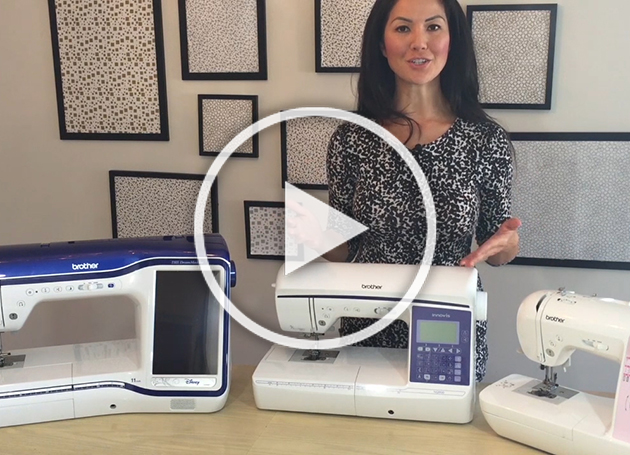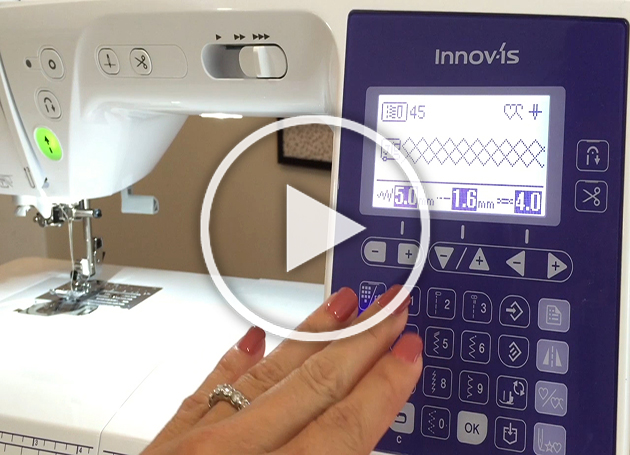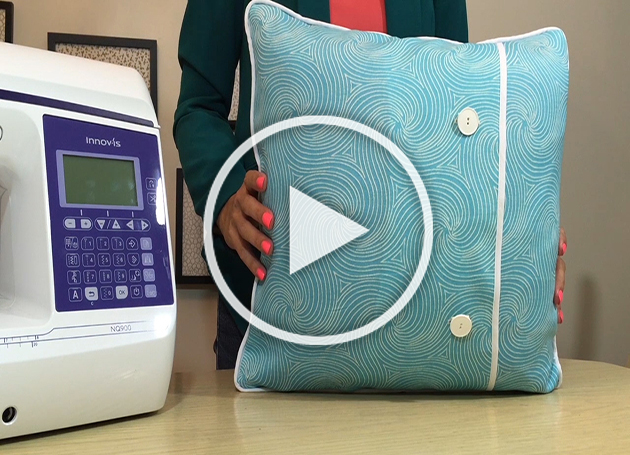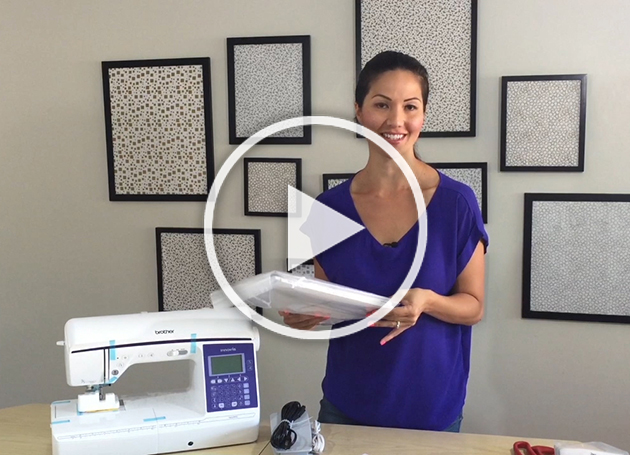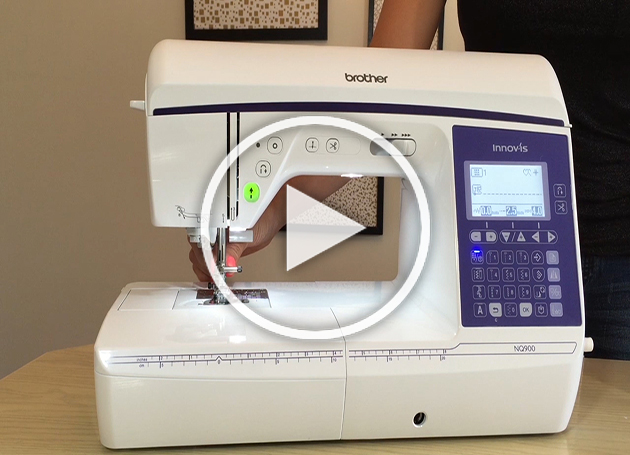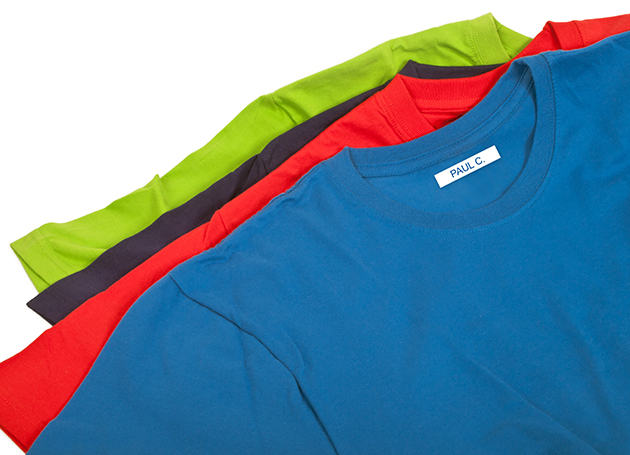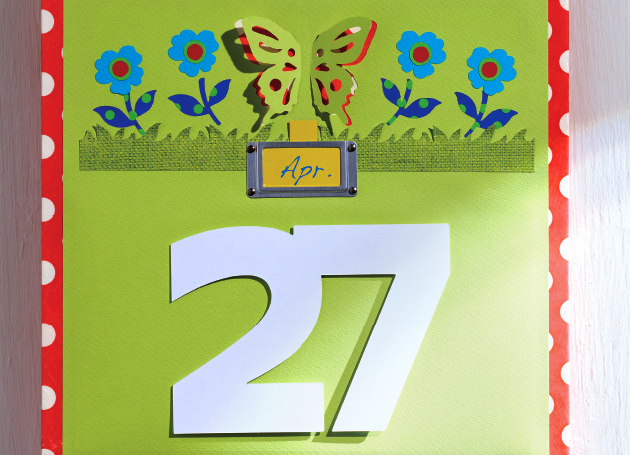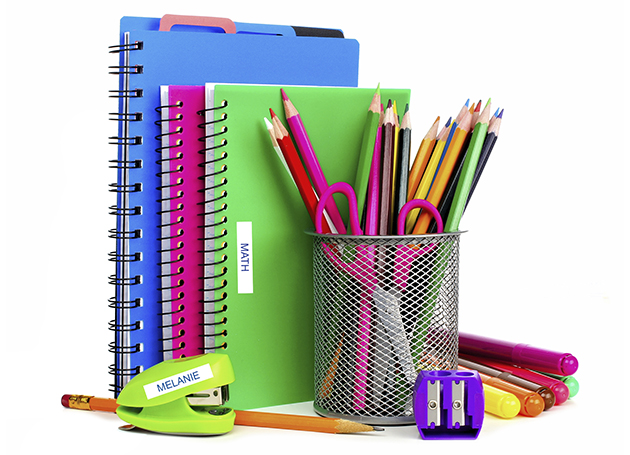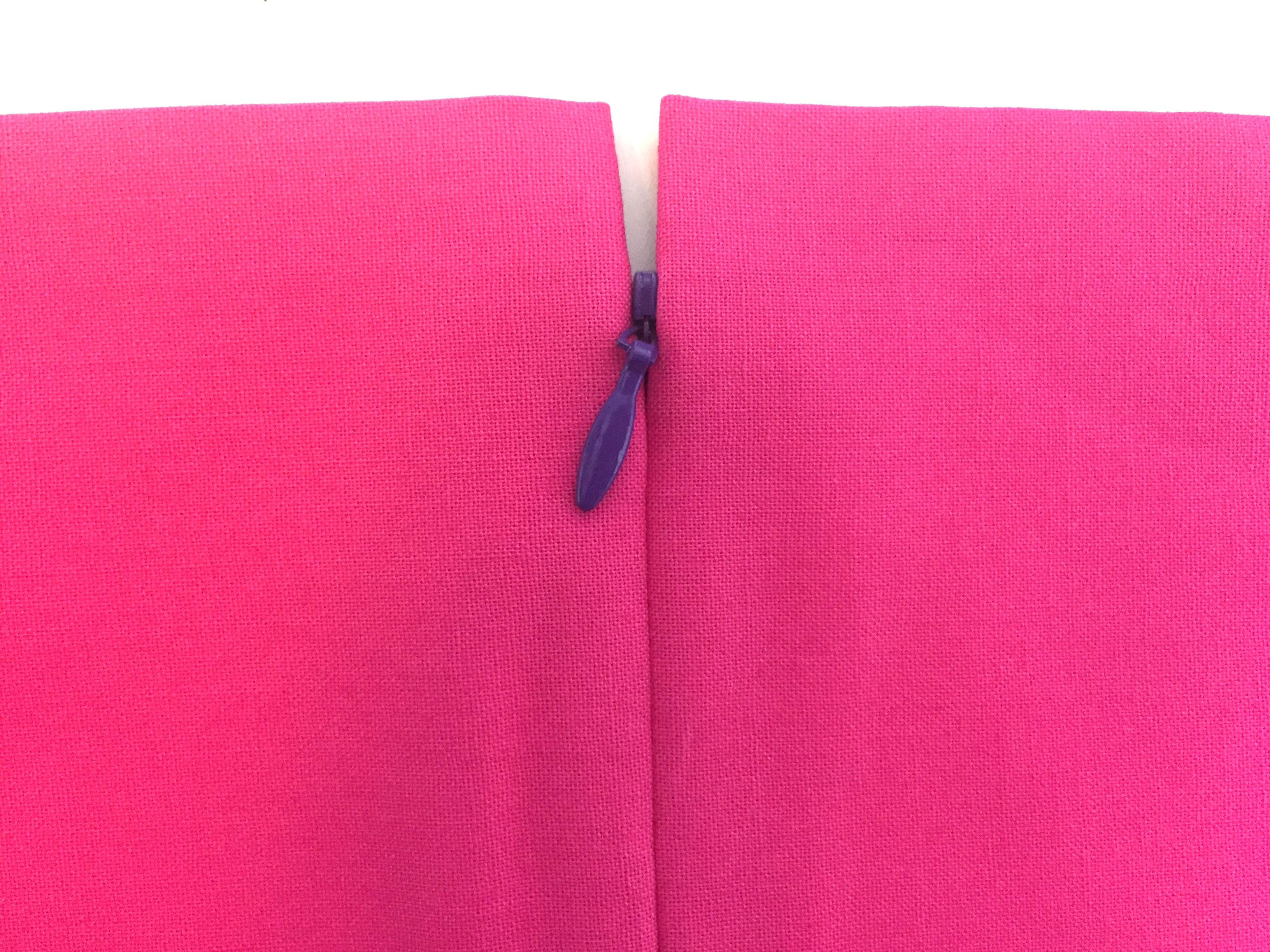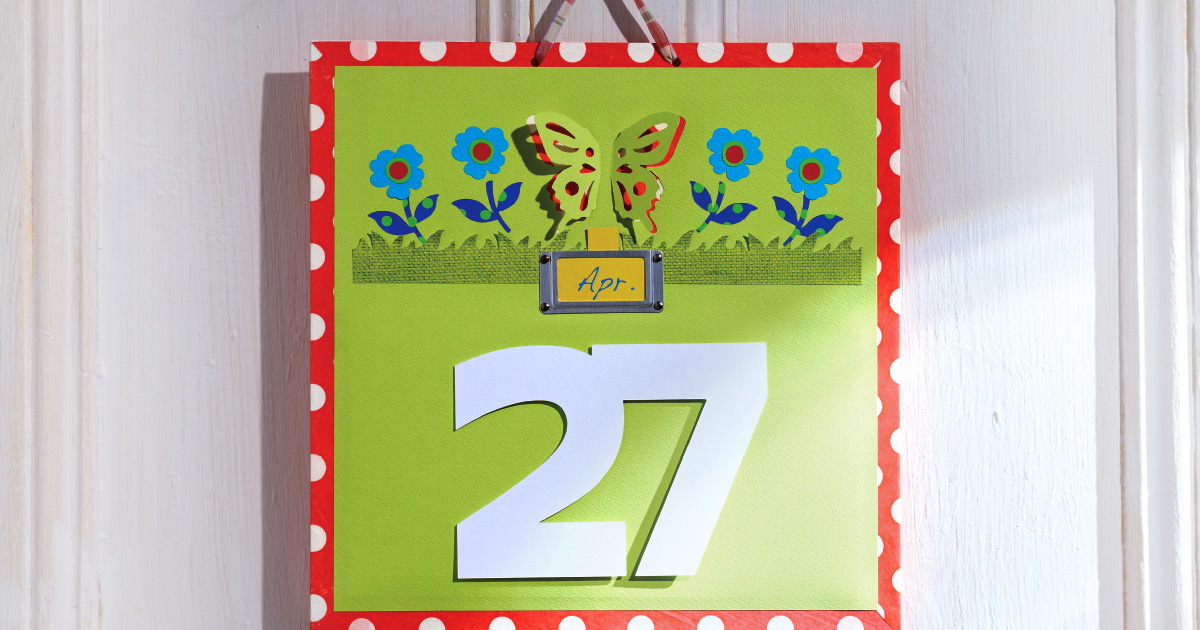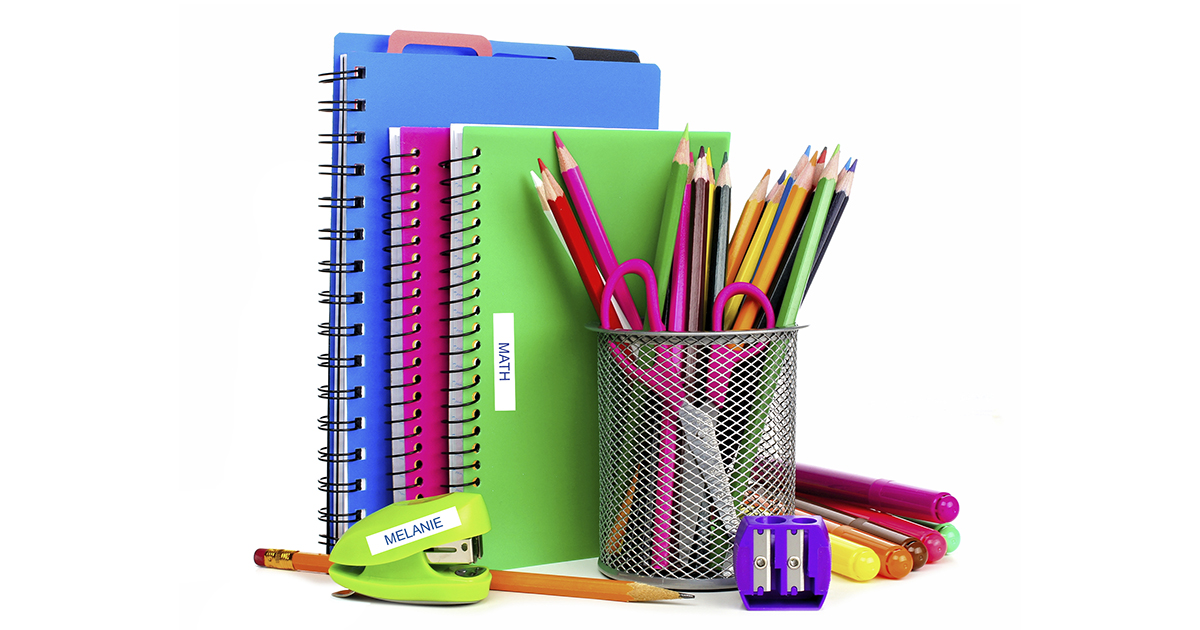How To Install An Invisible Zipper
Whether used in home décor or garment sewing, an invisible zipper appears nearly invisible (hence the name) from the project right side, so it’s ideal for formal pieces and high-end fabrics.
How To Choose Interfacing and Tips For Attaching It
Interfacing is a type of fabric that’s used to give body or stability to a garment, craft project or accessory. It’s an additional layer that’s hidden inside your project, attached to the fabric, facing or lining that can be the full size of your pattern piece or only a portion of it.
What To Look For When You’re Upgrading Your Sewing Machine
Denise Wild is here with a few helpful tips that’ll take the guesswork out of buying the perfect sewing machine for your needs.
How to Personalize A Kid’s Jacket With Decorative Stitches
Find out how easy it is to take an already adorable jacket and elevate it to new heights of cuteness with the simple addition of decorative stitches.
How To Sew Stretch Fabrics Without A Serger
Watch Denise use her Brother NQ900, a ballpoint sewing machine needle and a walking foot to make an easy and adorable dress for her daughter.
How To Make A Zipperless Pillow
This step-by-step tutorial from Denise Wild shows us how fun and easy it is to make a stylish cushion cover featuring a button closure instead of a zipper.
Setting Up Your Brother Q-Series Sewing Machine
Denise Wild has made this easy step-by-step video to take the guesswork out of the process and help you get your machine out of the box and ready to sew!
Discover Brother’s Q-Series Sewing Machines
Check out this video where Denise Wild shares what she loves about our ever-popular Brother Q-Series Sewing & Quilting Machines
How I Organized My Home With A P-touch Labeller
How I organized my home with the Brother P-touch 400 AD labeller
Three In Four Parents Agree: Labelling Rocks
Let’s face it, as a parent, dealing with an over-burdened schedule can be tough. Whether it’s day camp, school or just tidying up the house, the challenges you face…
’Tis The Season To Be Busy
If Christmas’s definitely the jolliest time of the year, it’s also the busiest season of the year. No worries, Brother’s got your back!
P-touch® Labellers – No Sock Left Behind!
It’s summer camp season. Are you already imagining your kids coming back from camp with clothes missing?
